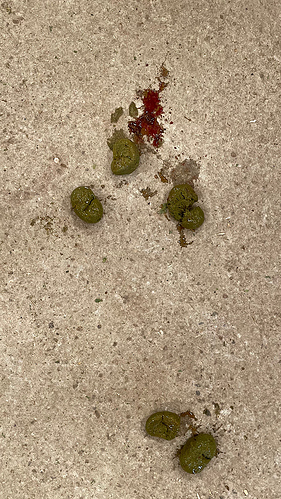I got a late start into horses at age 38. Now 68. I have been fortunate that I can afford to care for them, but despite all that, I am amazed at the things I have experienced.
Boz: first horse, TB, something neurological eplipsy-ish triggered by single rotor helicopters. You would think that might be workable, but I lived in SoCal on the flight path of those copters from El Toro to San Diego. Boz would break out of his stall and run for miles in traffic. Nearly killed me. Vet recommended, and after 4th time, euthanasia.
Rusty: Varnish Roan Appy. God’s gift to me after Boz, had him 12 years, we did everything, until arthritis and uveitis. I suppose this might be normal health for a 25 year old appy.
Mendy: Wonderful appy/TB trail mare. Broke her leg in 24x48 sand turnout. Surgery, but she failed to stand up post surgery. I miss this girl.
Joker: Ah, my first baby, but he was too much for me. Schooled to PSG and returned to breeder for her use. I really needed a trail horse, not just an arena horse, and I was never able to find a person to help train him on trail. My bad.
Drifter: My current blue roan. 17. I have owned him 5 years. A rough start, but has became a great horse. Anaphylactic shock from bee-sting last summer. We have pepper trees, of course we have bees. I have PTSD for this summer.
Finn: My current buckskin. 5. Hasn’t taken a wrong step, just a sweet heart. Acute colic from nephrosplenic displacement last week. Fixed without surgery. But man, in 30 years I never heard of that! And now I am PTSD about that!
I certainly know of ulcers, kissing spine, ligament/tendon injuries, fecal water, regular colic, NQR, head-shaking, sweet itch, scratches, but I feel like I have a collection of weird things.
Is it just me, or does everyone else experience rarer horse maladies and are just quiet about it? After Finn’s displacement, I am surprised at the number of people who had heard of it.




 . It was rectal in origin. She is a 20 yo gray so I immediately go to internal melanoma.
. It was rectal in origin. She is a 20 yo gray so I immediately go to internal melanoma.
